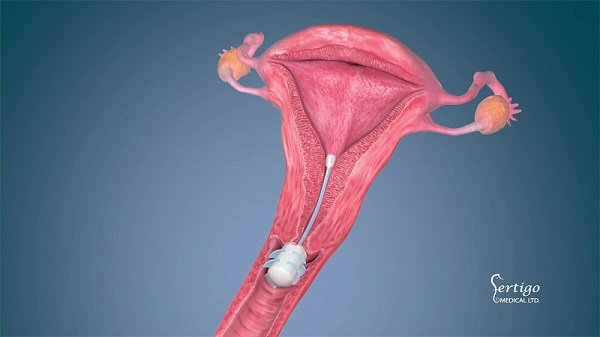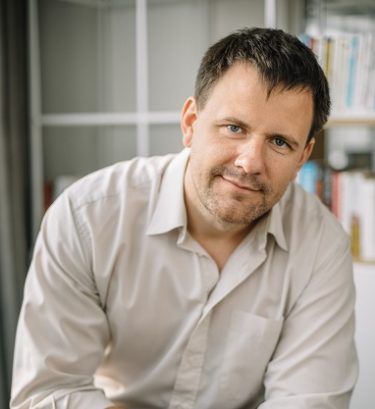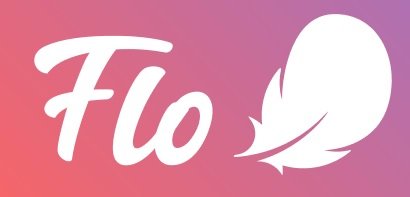Pioneering Women’s Health Issues
Dmitry Gurski, CEO & Co-Founder, Flo Health has been credited with developing a global app that helps women understand the meaning of their body signals, providing them with accurate cycle predictions, evidence-based health insights, self-assessment tools that identify the increased risk of certain medical conditions, and community section for anonymous discussions on health topics. Flo Health is the most popular FemTech Healthcare start-up in the USA and over 100 countries worldwide. Flo has more than 100M users, and was recognized by SensorTower as the most downloaded Health & Fitness app in Appstore in August.
Flo Health’s signature product – Flo, is the fastest growing AI-driven women’s health product that encompasses solutions for girls and women at every stage of their life (start of menstruation, cycle tracking, and preparation for conception, pregnancy, early motherhood, and menopause).
The Journey
Quip Dmitry Gurski on the factors that led to the start of Flo, he says that the team first developed all women’s app called OW (Only Women) but had to shut it down within a year as it was too complicated. “At this point, we realized that the key thing is to make the user experience simple, even if you are trying to make a very complex product”, added Dmitry.
Listing out the advantages of Flo, Dmitry adds that Flo combines cutting-edge technology, scientific knowledge and the power of community to support women throughout their entire life, helping them to make better decisions about their health and well-being every day. The app also aims to remove the barrier to seeking professional medical help. Driven by science, everyday users of the app receive personalized health insights based on the symptoms they track and log. “These health insights are created with medical experts, scientists, and practitioners from leading North American and European medical schools, such as Yale, Oxford, Harvard, Stanford, and more” adds the professional.
The App
Elaborating more on Flo, Dmitry says that the app is built, based on the so-called iceberg principle when 20% of the functionality is visible, and the remaining 80% seems to be hidden underwater but appear if needed. “The most memorable moment was when we’ve finally launched Flo, and from the very first tests it showed great performance – users understood how to interact with the app, they enjoyed it and gave 5-star ratings. This was amazing. We realized that we’ve been doing the right thing, and after all the failures we’ve managed to create a product that women want.”
Exploring FemTech Healthcare Segment
Dmitry points out that FemTech’s biggest challenge is that most decision-makers are men. “Unfortunately, the share of women among entrepreneurs and investors in the industry is still very low. In comparison to other health and fitness areas, women’s health isn’t as understandable to men.” The healthcare professional adds that the segment had been underserved and underappreciated, and consequently, the market isn’t competitive.”
Role of Healthcare Tech Companies
Healthcare tech companies are doing their job well and manage to solve a lot of individual problems, but they can’t change the overarching system, observes Dmitry. “That means that they need to completely close the gaps of the inefficient systems, while the system itself isn’t improving. If I could change one thing, I would fix the ineffective initial system first, make it work, and only then start building an effective framework for healthcare tech companies,” he notes.
Defects of Digitization
Lamenting over the defects of digitization, Dimitry notes that a lack of personal touch in healthcare is a cause of concern. “Studies show that people must understand that they are connected to society, as this perception stimulates the brain. This patient-doctor relationship has also played a part in giving people a sense of this connection, especially as they get older.”
The Success Mantra
“Treat failure as something inevitable. It’s the price you need to pay for success”, notes Dimitry. He advises startups and entrepreneurs to be extremely optimistic for the long-term vision and paranoid about the short-term vision and to treat the business as the process of discovery: “Take a step, analyze the results, and revise your action. Repeat as many times as you want your company to exist,” he advises.

From the Bench to the Bedside
As part of the routine technological development path, Dr. Tsafrir and his team conducted a pre-clinical trial. “There was no guarantee that animal tissues would behave in the way we anticipated based on our premises.” As they analyzed the trial data, the hypothesis proved a perfect fit, and they obtained the expected correlation between the new technology and the traditional practice. “By this time, we realized that we were on the right path to a life-changing solution for IVF treatments.” Encouraged by these results, Fertigo now runs its clinical trials to match human uteri.
Their technology, driven by deep learning from AI tools, has enabled them to reach insights into the implantation and fertility treatment process that were previously out of reach. This is especially relevant in the case of reproductive medicine which involves complex physiological processes.
The Transformative Success Factor
At a time when the industry lacks standardized healthcare protocols and the healthcare providers hold a somewhat less than holistic view of the human body, its pathologies, and diseases, Dr. Tsafrir and his team have taken a candid and transformative approach, through their unique technology, to add value to their customers. As a leader, he feels it is vital to be imaginative, rigorous, and thorough, in all aspects of company development: the uniqueness of the scientific and technological service offering, the business set up and the establishment of an effective and committed team and management structure. “Businesses can be made successful and people remain committed providing additional drive, incentive, motivation such as curiosity, seeing one’s role in the greater good, and connecting to the big picture.”
Moreover, he feels one cannot evade the fear of failure, rather suggests that the motto should be that only those who dare to try, will eventually succeed. “Let fear be your primary motivator, not despair.” With a vision to develop and enhance the quality of care at all times, through collaboration, Dr. Tsafrir continues to bring better solutions to serve humanity. “Our technology is aimed at increasing the success rate of births and thereby reducing the physical, mental, and financial burden on couples or individuals whose sole desire to experience the precious and life-changing gift of being a parent”

Company: Flo Health
Website: www.flo.health
Management: Dmitry Gurski Co-Founder, CEO
Founded Year: 2016
Headquarters: Redwood City, CA
Description: Flo is an AI-powered women’s health platform.




